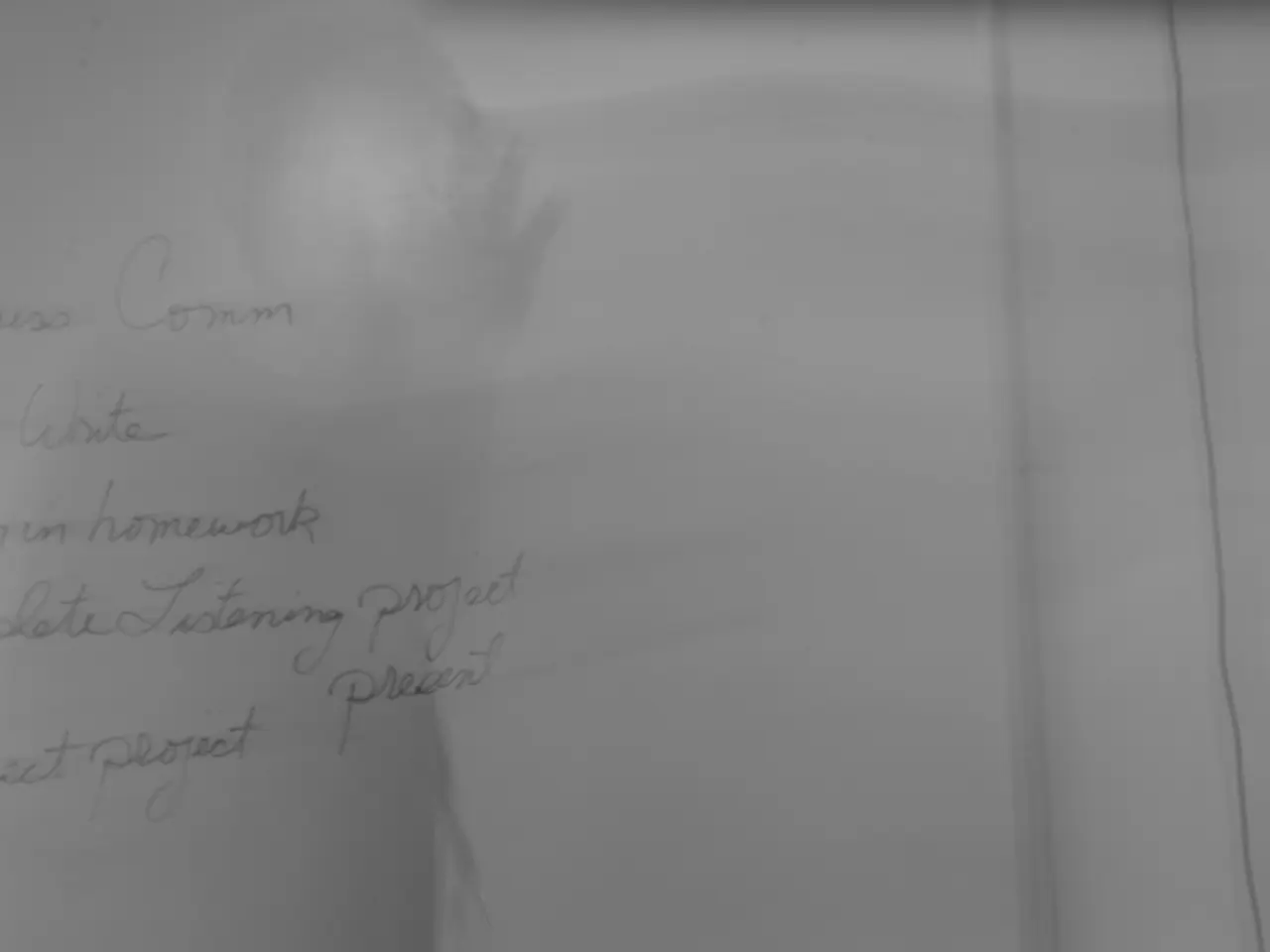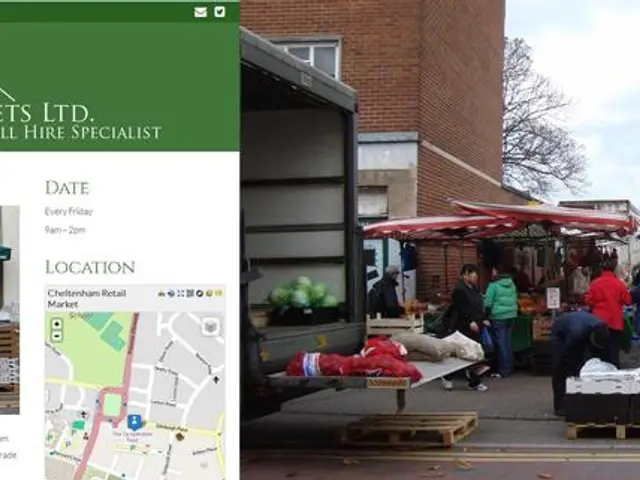Unconscious Bias: Its Impact on Our Judgments and Choices
=====================================================
In our daily lives, decisions are made based on a complex interplay of factors. One such factor, often overlooked, is subconscious bias - automatic and unintentional judgments that can shape our actions and perceptions without our conscious awareness.
Subconscious biases are formed through a combination of evolutionary adaptations, limited cognitive resources, social conditioning, and emotional factors. These biases arise from shortcuts the brain uses to simplify complex judgments, such as heuristics, attribute substitution, and social influences. They influence decision-making by causing systematic deviations from objective rationality, often favoring preexisting beliefs, stereotypes, or emotionally charged information.
Evolutionary psychology and adaptive biases play a significant role in this process. The brain evolved to make quick decisions with limited information, sometimes biasing judgment to minimize costly errors or through emotional heuristics. Cognitive shortcuts and heuristics also contribute, leading to biases like availability and representativeness. Social and cultural conditioning further shape these biases, internalizing assumptions about others (e.g., about gender, race) without conscious intent.
Subconscious biases have far-reaching implications, affecting decisions in both personal and professional contexts. In the workplace, they can influence hiring, evaluations, and team dynamics through implicit assumptions about abilities, leading to unintentional exclusion or unfair opportunities. In relationships, biases can fuel conflicts via attribution errors, misjudging intentions or behaviors differently based on stereotypes or past experiences.
Subconscious biases also impact finance and investments, health behaviours, and more. For example, overconfidence and anchoring bias can distort judgment, affecting risk assessment and decision quality. Present bias and probability neglect can influence choices about treatment adherence or lifestyle changes.
Because these biases operate below conscious awareness, people often fail to recognize their influence on decisions. However, metacognitive strategies—such as reflective self-questioning, seeking contradictory evidence, and intellectual humility—can help identify and reduce biased thinking, improving decision-making quality.
Addressing subconscious bias requires ongoing effort and personal accountability. This includes continuous learning, challenging assumptions, and seeking feedback from others. By acknowledging and managing these biases, we can create a more equitable and inclusive world, enabling better decision-making and unlocking the full potential of individuals and organizations alike.
In various settings, organizations can implement measures to reduce the impact of subconscious bias. This includes blind recruitment, standardized evaluation criteria, and bias training. For instance, in education, teachers' implicit biases can affect how they interact with students, setting lower expectations for certain groups and limiting their academic potential. Implementing standardized evaluation criteria can help mitigate this issue.
Subconscious biases are shaped by a multitude of factors, including cultural norms, societal stereotypes, media portrayals, and personal experiences. Recognizing and managing these biases is crucial in diverse and complex social environments, where unfair assumptions and decisions can have significant consequences.
In conclusion, subconscious bias is a pervasive yet often unacknowledged factor in decision-making. By understanding its origins and effects, we can take steps to mitigate its impact and foster a more equitable and inclusive society. Tools like the Implicit Association Test (IAT) can help individuals identify their hidden biases, paving the way for personal growth and improved decision-making.
Health decisions are influenced by subconscious biases, leading to potential misjudgments in treatment adherence or lifestyle choices, like underestimating the importance of regular exercise or overlooking the significance of mental health.
In business and finance, subconscious biases can lead to inaccurate investment decisions, such as overconfidently backing a company without thoroughly analyzing its financials or underestimating the potential of diversity-and-inclusion initiatives.




